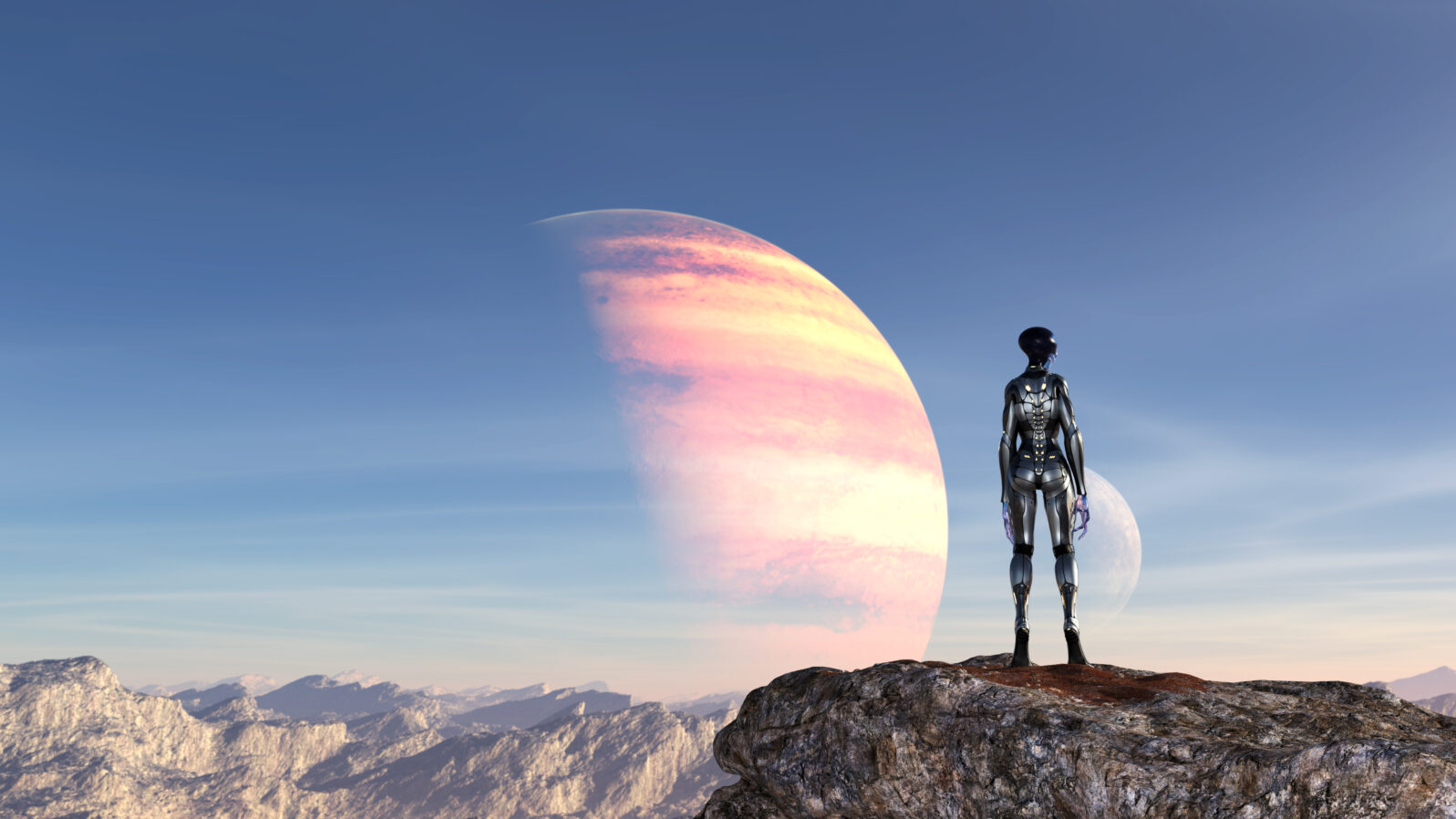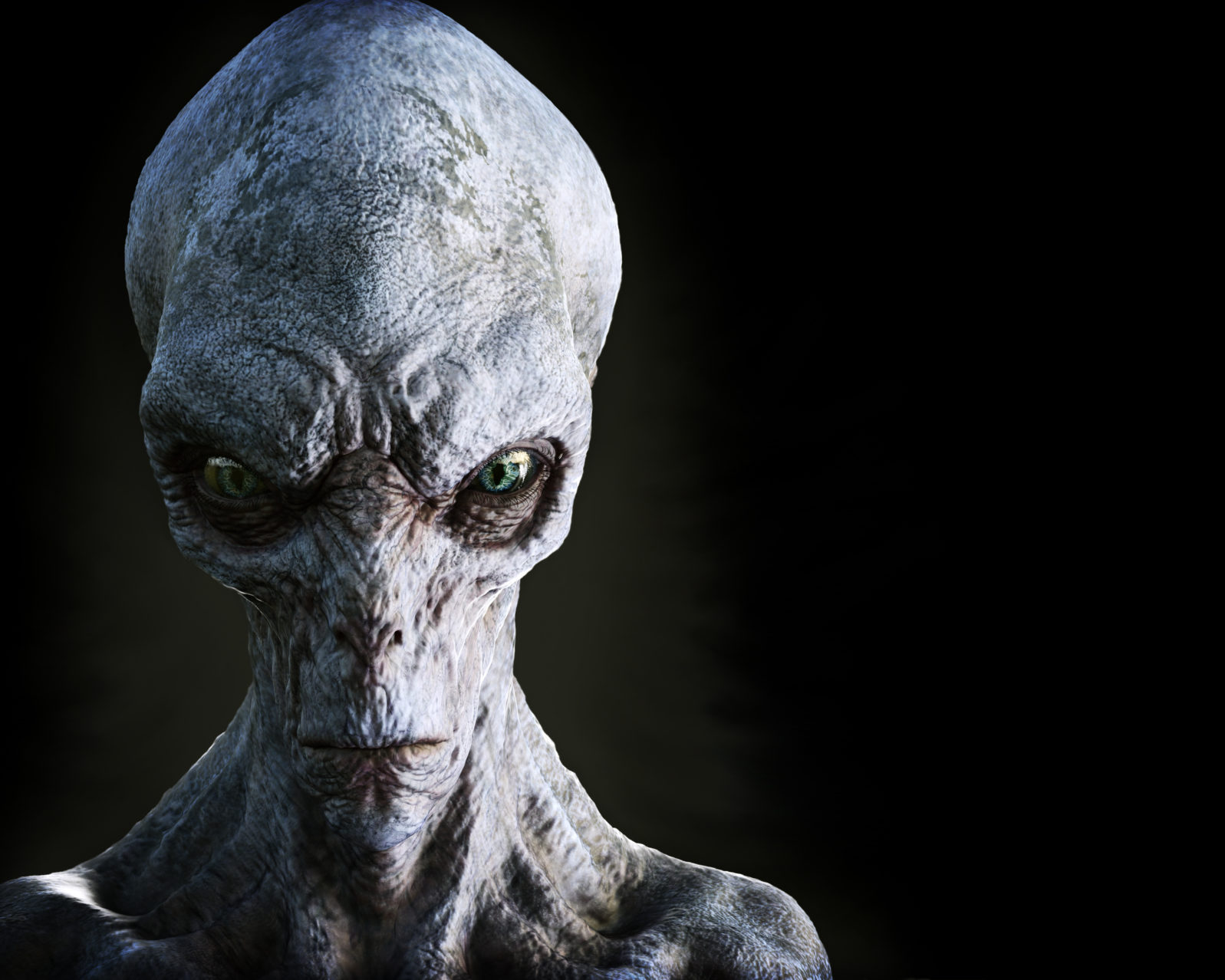The Conviction That ET Is Out There Survives Every Setback
Because it is only natural to resist the idea that we are alone, the hope of finding extraterrestrials twists science thinking in strange waysA couple of weeks ago, I noted that the conviction that there are intelligent life forms out there in the galaxy — which drives so much research and exploration — is a matter of faith rather than science. That doesn’t mean it’s “not true.” We don’t currently know what is true there. Rather, it’s a conviction about what researchers feel ought to be true. That plays out in the way science news stories are told.

For example, we were told earlier this month at New Scientist, that “Dozens of stars show signs of hosting advanced alien civilisations.” That’s a truly remarkable discovery! But wait. All it really amounts to is this:
Two surveys of millions of stars in our galaxy have revealed mysterious spikes in infrared heat coming from dozens of them. Astronomers say this could be evidence for alien civilisations harnessing energy from their stars by using a vast construction known as a Dyson sphere – although they can’t fully rule out more mundane explanations.
Jonathan O’Callaghan, “Dozens of stars show signs of hosting advanced alien civilisations,” May 10, 2024
The usual practice in science would rule out mundane explanations first. But clearly, that is a road not taken. And the story depends on not taking that road.
AI destroyed ET?
In a different narrative, AI could be the villain that killed ET:
The challenge with AI, and specifically ASI [artificial superintelligence], lies in its autonomous, self-amplifying and improving nature. It possesses the potential to enhance its own capabilities at a speed that outpaces our own evolutionary timelines without AI.
The potential for something to go badly wrong is enormous, leading to the downfall of both biological and AI civilisations before they ever get the chance to become multiplanetary.
Michael Garrett, “AI may be to blame for our failure to make contact with alien civilisations ,” The Conversation, May 8, 2024. The paper is open access.
So it would look just like they never existed but the story is more interesting and offers a moral at the end, about uncontrolled AI. For those keeping track, this is a version of the Great Filter Hypothesis.

Gamma-ray bursts killed them!
And lastly, there is a “morbid” theory of why we don’t see ET:
The speculation that some form of alien life exists beyond our planet goes back to ancient Greece and Rome, yet humans have still not made contact.
There have been various theories, including the lonely proposal that human-level intelligence is totally ‘unique’ in the universe, but one scientist has revealed a more likely scenario – alien civilizations were destroyed by gamma-ray bursts (GRBs).
Matthew Phelan, “The ‘morbid’ theory explaining why aliens have not contacted us on Earth,” Daily Mail, April 29, 2024
But why is the gamma ray bursts theory “more likely” than that they just weren’t out there to begin with? Surely a value judgment underlies that violation of Occam’s razor.
We need to broaden the search!
The search space is pretty big now but if we broaden it, disappointment in the current space is lessened. Astrobiologist Dirk Schulze-Makuch argues that the “Goldilocks” zone of habitable planets is likely an outdated idea:
… liquid water and potentially habitable conditions might exist outside the “traditional” HZ. As Wandel and many others have pointed out, exoplanets around many types of stars could possibly have subsurface oceans. In principle, these ice-capped oceans could exist on worlds with surfaces as cold as -73oC, or -99 oF — the estimated temperature on Trappist-1g. So-called rogue planets, not attached to any star, might even have subsurface water if there’s enough heat generated by radioactive elements in the interior and the overlying layer of ice is thick enough.
Dirk Schulze-Makuch, “The “Goldilocks zone” of habitable planets is likely outdated. Here’s why,” Big Think, May 16, 2024
But if past experience is any guide, they probably do not.
Truth is, the hope of meeting intelligent extraterrestrials is imperishable. It will lean on any available hypothesis — or fumes or ghosts thereof — to stay alive. It’s natural for us to think that way and hardly the worst thing about us. But sometimes, the outcome shapes science thinking into curiously shaped pretzels.
The opposite approach is taken with fine-tuning: Dismiss the evidence.
Meanwhile, the massive evidence of the fine-tuning of or universe for life— implying design in nature — is explained away by similar motivated treatment of the evidence:
Some physicists aren’t too bothered by the seemingly fine-tuned cosmos. Others have found comfort in the multiverse theory. If our universe is just one of many, some would, statistically speaking, end up looking just like ours. In such a universe, says [Paul] Davies, “beings will pop up and marvel at the fact that they live in a universe that looks like it’s rigged in favor of their existence, but actually we’re just winners in a cosmic lottery.”
But many physicists, including Davies, are holding out for a more fundamental theory of nature which can explain exactly what values the constants should have in the first place. “I usually say two cheers for the multiverse, cause I think it’s better than just saying God did it,” he argues, adding that to get to three cheers you need a more complete theory.
Miriam Frankel, “Fundamental constants: Is the universe fine-tuned for life?” Phys.org, March 15, 2023
I think we can take it as a given that, irrespective of evidence, no theory will be considered complete enough if it doesn’t rule out fine tuning.
In both cases, theorists are choosing what to notice and what to ignore.
